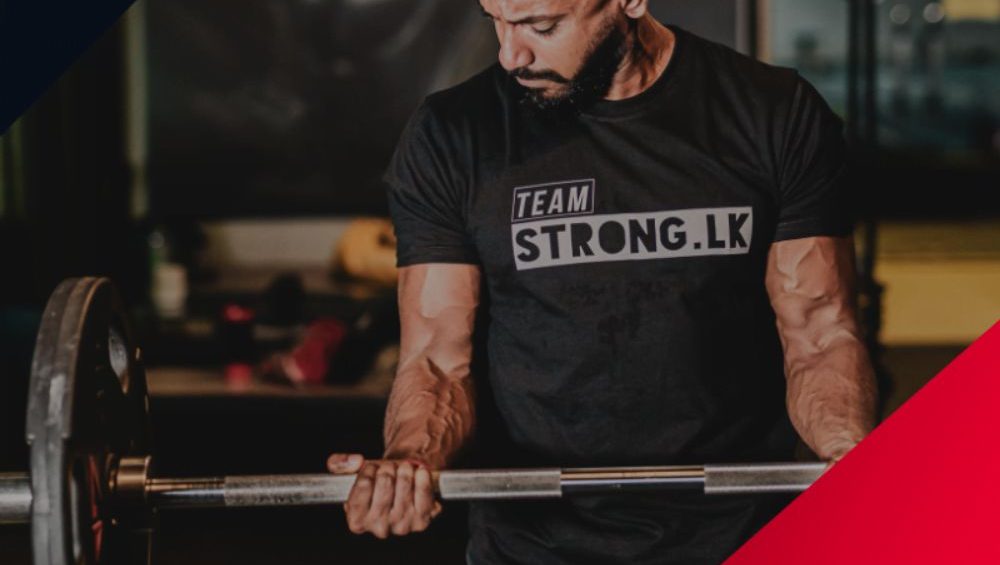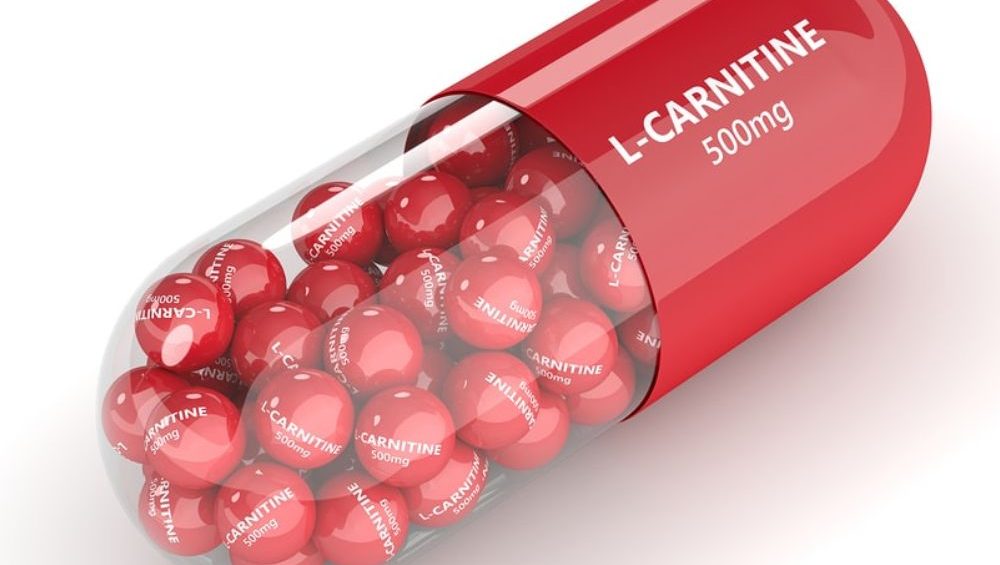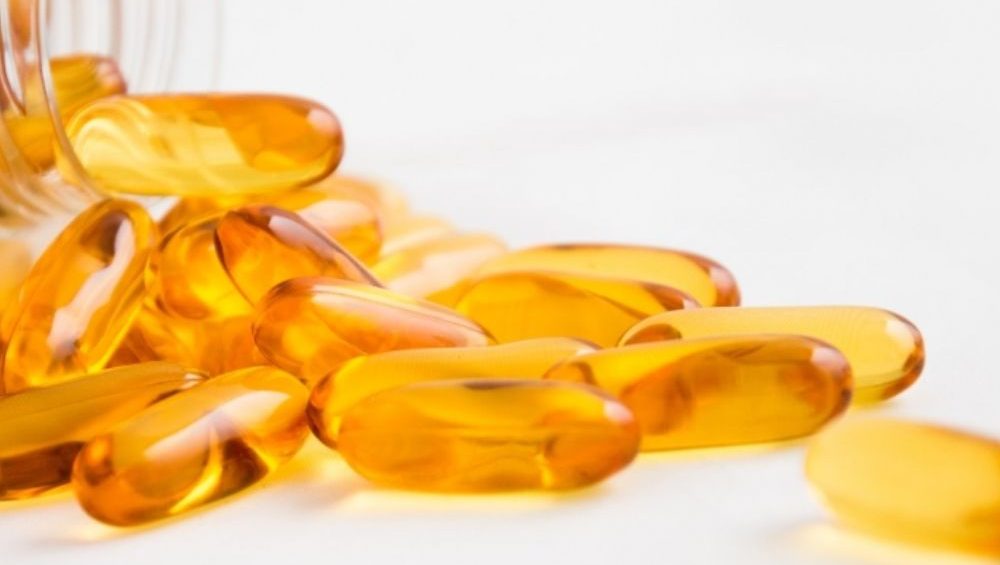Creatine is a natural substance that turns into creatine phosphate in the body. Creatine phosphate helps make a substance called adenosine triphosphate (ATP). ATP provides the energy for muscle contractions.
The body produces some of the creatine it uses. It also comes from protein-rich foods such as meat or fish.
Creatine supplementation boosts the natural creatine stores in your body. Your muscle tissue stores creatine as phosphocreatine. Phosphocreatine synthesizes during high-intensity exercises, such as lifting weights, to provide your muscles with extra energy. Creatine pulls water into your muscle cells, increasing protein synthesis. Creatine can be utilized by your body as a quick form of energy during high intensity, short-burst activities such as lifting a heavy weight or breaking into a sprint.
How Is Creatine Used?
Back in the 1970s, scientists discovered that taking creatine in supplement form might enhance physical performance. In the 1990s, athletes started to catch on, and creatine became a popular sports supplement. According to studies, 8% of adolescents take creatine. The supplement is particularly popular among high school, college, and professional athletes, especially football and hockey players, wrestlers, and gymnasts. An estimated 40% of college athletes and up to half of professional athletes say they use creatine supplements.
Creatine is thought to improve strength, increase lean muscle mass, and help the muscles recover more quickly during exercise. This muscular boost may help athletes achieve bursts of speed and energy, especially during short bouts of high-intensity activities such as weight lifting or sprinting. However, scientific research on creatine has been mixed. Although some studies have found that it does help improve performance during short periods of athletic activity, there is no evidence that creatine helps with endurance sports. Research also shows that not everyone’s muscles respond to creatine; some people who use it see no benefit.
BENEFITS OF CREATINE
HIGH INTENSITY WORK
Creatine enhances the body’s capacity to perform high intensity work (and assists greater muscle size and performance gains as a result).
Creatine phosphate (creatines high energy molecule form, stored within cells) is used to supply the type 11b muscle fibers (fast-twitch high-glycolytic; the ones that get largest in size) with immediate energy, ensuring these muscles do not prematurely fatigue
CREATINE ENHANCES RECOVERY
In recent years creatine has been studied for its post-exercise muscle regeneration properties. Findings have been very promising. In 2004, Santos and colleagues studied the effects of creatine supplementation on muscle cell damage in experienced endurance athletes running a 30-kilometre race12.
Closely monitoring several markers of cell damage (including creatine kinase, lactate dehydrogenase, prostaglandin-E and tumor necrosis factor-alpha) in their sample of 18 male athletes (who used 20 grams of creatine monohydrate per day for five days, mixed with 60 grams of maltodextrine), the researchers found levels of these markers were reduced after the race, compared to 16 control subjects who took only the maltodextrine.
CREATINE ENHANCES MUSCLE VOLUMIZATION
Another important benefit for bodybuilders and strength athletes is creatines muscle volumizing effect . Creatine has a property that causes muscle cells to inflate, which produces a more heavily muscled appearance, and, more importantly, serves as a stimulus for protein synthesis.
Up to six pounds of added bodyweight in the first few weeks is commonly reported in those who begin creatine supplementation (a process primarily accounted for by water moving rapidly from the bloodstream to the muscle).
CREATINE ENHANCES BRAIN FUNCTION
Widely known for it muscle-building benefits, creatine, it appears, has much more to offer than its erogenic properties. Researchers Wyss and Schulze looked at the broader health implications of creatine as they tried to determine its value in treat[ing] several neurodegenerative, vascular and muscular disorders
CREATINE IMPROVES BONE HEALING
Gerbin and co-researchers at the Institute of cell biology in Switzerland found creatine could be used successfully as an adjuvant therapy for bone fracture healing or for the treatment of osteoporosis . Based on their in-vivo study, they concluded that creatine significantly enhanced the activity of alkaline phosphate (ALP; an important marker for bone growth).
WHO COULD BENEFIT FROM CREATINE?
In light of the above benefits, populations most likely to experience creatines positive effects are:
- Bodybuilders and strength athletes.
- The aging population.
- Sufferers of neurodegenerative disease.
- Those with naturally lower levels of creatine (people, such as vegetarians, who have a lower base level of creatine)
WHICH TYPE SHOULD I BUY?
As mentioned, the type of creatine one uses will usually determine the results they get. With more brands hitting the market every year, it is often confusing for the athlete who seeks the very best product. The main types of creatine product – and their differences – follow.
CREATINE MONOHYDRATE
Creatine monohydrate is the most common form of this supplement – the one most scientific studies and research use. It is bound with water to provide 88% pure creatine per molecule. In other words, one gram of creatine monohydrate will supply 4.40 grams of active product to the body.
Despite the newer creatine products to have hit the market as of late, monohydrate remains the most used from of creatine (400 million in annual sales in the US alone).
MICRONIZED CREATINE
Micronized Creatine is essentially creatine monohydrate, but with much smaller molecules (this creatine has been micronized, which means its molecules have been cut up or divided). This dividing or cutting reduced the surface area of the creatine, making it easier to absorb and lessening any potential stomach discomfort.
It also reduces the unwanted bloating effect – one of monohydrates drawbacks. It is also thought to be purer to monohydrate and more effective as a result (it goes through more processes).
CREATINE PHOSPHATE
As mentioned earlier, for creatine to be effective is first has to bond with a phosphate group to become creatine phosphate. It would then follow that taking a creatine phosphate supplement would giver better results than the monohydrate form, right? Probably not: the reality is, creatine phosphate has only 62.3% creatine per molecule as opposed to monohydrate, which has 88%. As well, creatine phosphate has never been shown to be more effective than monohydrate, and it is more expensive to buy.
CREATINE CITRATE
This is essentially regular creatine bonded with special molecules to increase absorption. This type of creatine mixes extremely well but has only 400 milligrams of active creatine per gram. Also, it is very expensive. However, it does cause less stomach discomfort in those susceptible.
When is the best time to take creatine?
Research shows that intense exercise increases anabolic hormone release. Ingesting carbohydrate and protein or essential amino acids following intense exercise may accelerate glycogen resynthesis as well as promote protein synthesis. Since insulin levels enhance creatine uptake, taking creatine after exercise with a carbohydrate and/or protein supplement may be an effective way to increase and/or maintain muscle creatine stores.
Are there any side effects to creatine?
The only significant side effect that has been consistently reported in scientific and medical literature has been weight gain. However, there have been a number of reported side effects such as stomach problems, muscle cramping, dehydration, and increased risk of muscle strains/pulls. There has also been concern that short and/or long-term creatine supplementation may increase renal (kidney) stress.
Over the last few years a number of studies have indicated that creatine is not associated with any of these reported problems. In fact, there is recent evidence that creatine may lessen heat stress and reduce the susceptibility to musculoskeletal injuries among training athletes.
While people who take creatine may experience some of these problems, incidences in creatine users aren’t greater than subjects who take placebos and in some cases are less, and the best way to avoid any of the side effects is to drink plenty of water, since any supplementation requires proper hydration.
In conclusion, Bodybuilding and strength athletes to improve size and strength have over the past decade or so popularly used creatine as a supplement. As this article has shown, creatines applications stretch too many other populations: older adults, sufferers of neurodegenerative disease, and those with naturally lower levels of creatine being but three.
after the first week, you will see improvements in your strength. If you’re looking for instant results, it is not a pre-workout supplement that you will get quick results from, but a longer game in which you saturate your muscles with reserves to help your lifts and workouts going forwards. This means taking it every day.
Additionally, creatine has been scientifically shown to be safe for a majority of users. Creatine supplements come in many different types, all with their pros and cons.




















